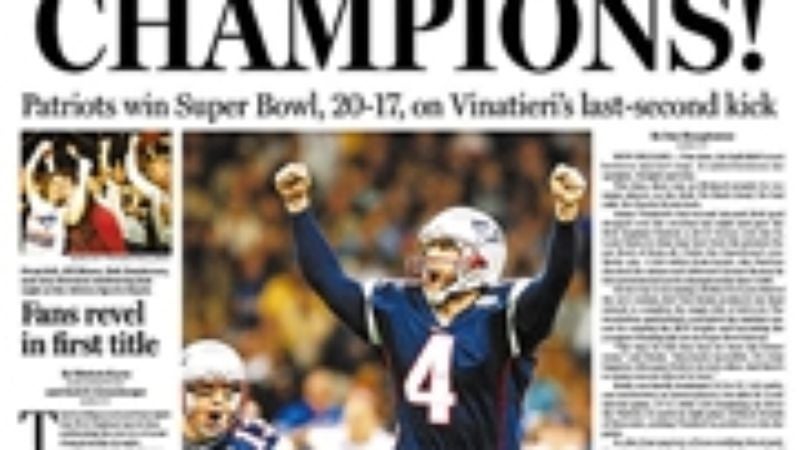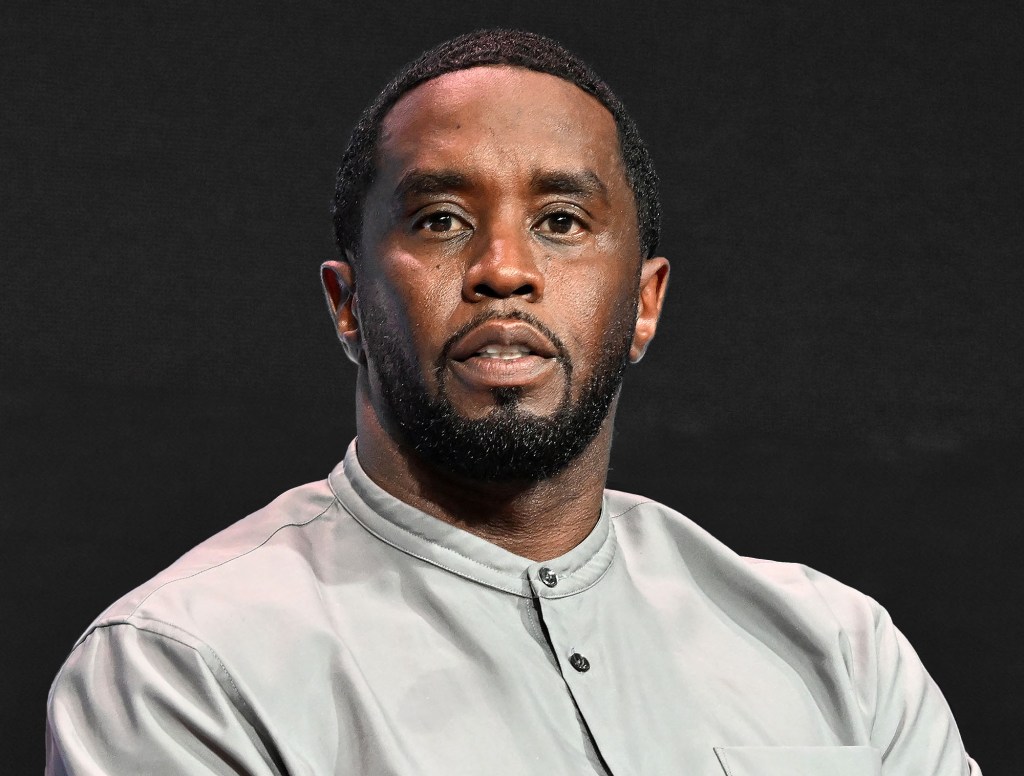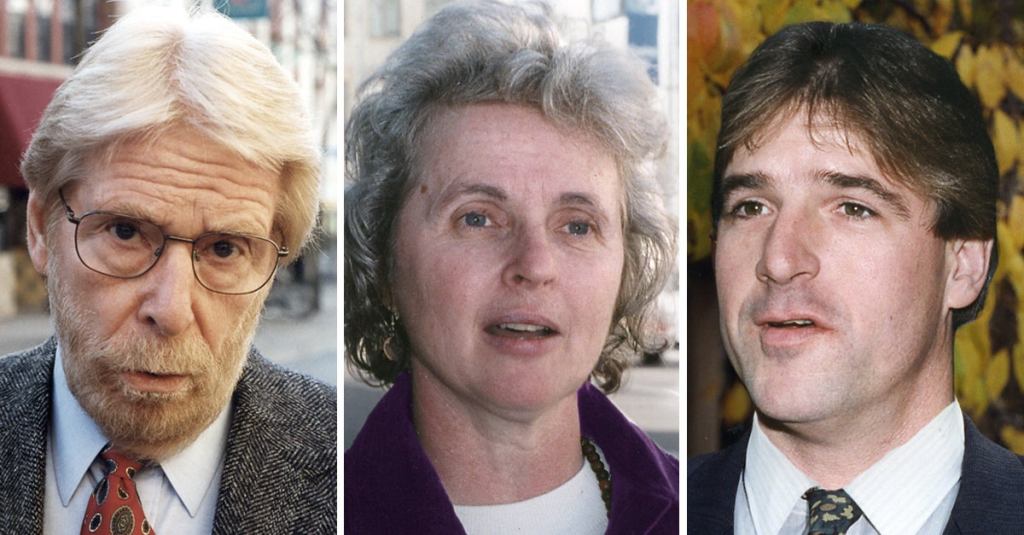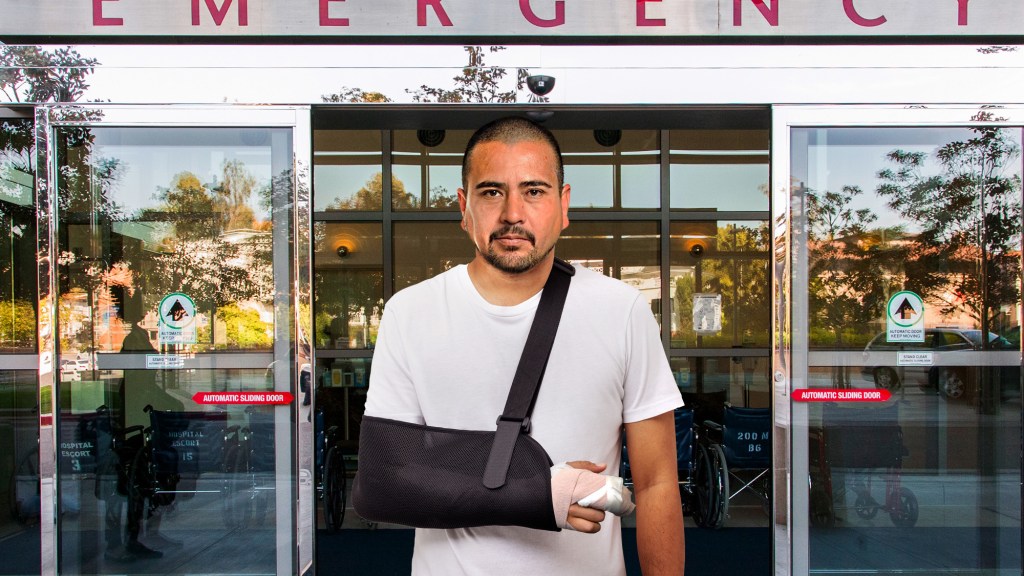ALBANY, NY—Members of the national media watchdog group Fairness and Accuracy In Reporting released a 255-page report Monday criticizing the American media for severely biased local sports coverage.
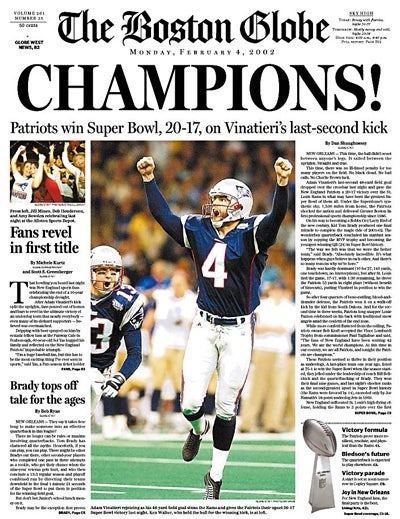
“In our extensive study of the nation’s sports sections and broadcasts, we documented countless examples of shamelessly one-sided reporting, obvious speculation, and bald editorializing masquerading as journalism,” FAIR spokesman Scott Wilborough said. “Coverage was heavily, sometimes brazenly, weighted toward the teams from a media source’s own area. To look at the data, you would almost think that sports journalists aren’t held to the same standards as other reporters.”
FAIR surveyed the sports reporting of more than 400 newspapers, as well as nearly 200 television and radio stations across the country.Wilborough said that, in an average article about a sports event, 87 percent of column space was devoted to coverage of the local team.
“Photos almost always featured the home team, usually in a moment of victory,” Wilborough said. “When the players and coaches of the opposing team were discussed, it was usually in the context of how they were ’destroyed’ or ’stomped.’”
In addition to granting local teams and athletes disproportionate amounts of column space and airtime, city dailies and newscasts often exaggerated local teams’ wins and downplayed their losses.
Wilborough held up two newspapers: a copy of the Detroit Evening News with the headline “Sanders to Join the Immortals” and a copy of the Philadelphia Inquirer with the headline “McNabb’s Brilliant Last Minute Heroics Destroy Green Bay.”
“It’s frankly baffling how widespread the bias is,” Wilborough said. “Journalists seem to lose their composure altogether when reporting on their local sports teams.”
The FAIR report, which characterized the bias as “irresponsible and pervasive,” stated that “the blatant slanting of local sports coverage goes against the ethics of balanced journalism and contributes to a public perception that the local team in a particular area is the absolute best. This does a disservice to the very audience that the media claim to serve.”
“The fact is, only one team in any given sport will earn the distinction of being the best,” Wilborough said. “Nevertheless, local news outlets go on asserting that an area team is number one, often against all logic. When a local team is performing poorly, journalists will often slant coverage to imply that the failure is circumstantial or temporary. They even go so far as to make totally indefensible claims such as ’We’ll get ’em next year.’”
According to the report, the bias can be found everywhere from New York and Chicago to smaller media markets like Green Bay, WI and South Bend, IN.
“The bias is everywhere, but the New York and Boston media’s coverage of this year’s American League playoffs is a classic example,” FAIR investigator Clark Hudson said. “And it all starts, as bad journalism so often does, with editorializing through biased word choice.”
Hudson said that in both the New York Post and The Boston Globe, home-team batters were referred to as “sluggers,” pitchers as “hurlers,” and managers as “field generals.”
“Hell, if I were the Boston Red Sox, I’d sue the New York Post for slander,” Hudson said.
Several reporters agreed that a problem exists, but disagreed about both its nature and its severity.
“In my opinion, the most insidious aspect of unbalanced sports coverage is the bandwagon effect,” sports journalist Lori Nickel said. “For example, Chicago news outlets support [coach] Dick Jauron blindly as long as the Bears are winning. But only one team can win the championship every year, so eventually, WGN and the Sun-Times start screaming for the firing of the entire coaching staff. How is that fair?”
“I wholeheartedly agree that standards in the business are slipping,” said ESPN’s Jeremy Schaap, son of late sports-writing legend Dick Schaap. “I’d like to see a return to the respect and even-handedness not seen since the days of that great man and exemplary American, Howard Cosell.”
Wilborough said the problem may be larger than many realize.
“Let’s face it, sports news is the only news most people read,” Wilborough said. “That’s reason enough to clean it up. Otherwise, the media may start seeing bias and sensationalism as a formula for success. I don’t think anyone wants to live in a country where that happens.”


